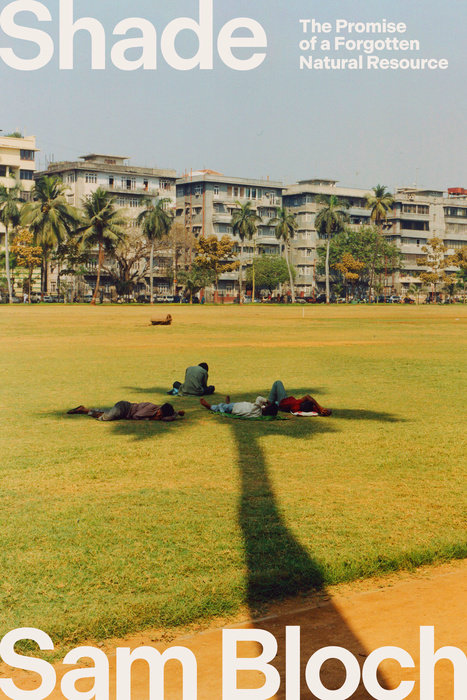Returning to the United States in 1939 after a decade abroad in France and Greece, the writer Henry Miller found himself disgusted by what awaited him upon docking: Boston, Massachusetts. “I was praying that by some miracle the captain would decide to alter his course and return to Piraeus,” he recalled. (His hometown proved no better: “I felt as I had always felt about New York: that it is the most horrible place on God’s earth.”) For years, Miller roved the country, recording his thoughts. “Nowhere else in the world is the divorce between man and nature so complete,” he wrote.
Miller had a talent for titles, and the name he chose for his memoir of the United States is succinct and brutal: “The Air-Conditioned Nightmare.” Bloch borrows the phrase and takes a similar, if less hyperbolic, tack in Shade’s first section, detailing how the United States began to turn away from natural cooling at the dawn of the twentieth century. Americans living in cities had always relied on open windows, awnings, fans, and blinds to stay cool. They made use of the natural environment, sitting out on the stoop in the evenings with their neighbors or even sleeping in the park or on fire escapes when it got too hot.
But this old way of living began to conflict with a new trend in American life: sun worship. Progressive reformers embraced sunlight as a natural disinfectant. The modernists extolled the virtues of glass—Le Corbusier called it the “fundamental material of modern architecture.” Urban planners used the brand-new concept of zoning to prioritize single-family homes (sunny, spacious) above tenement housing (dark, damp, potentially pestilent) and establish height restrictions on buildings to avoid casting the city streets in shadow. And the Federal Housing Administration’s design standards applied those same values to the nascent suburbs en masse. All of this was made possible by AC, which also fueled the mass migration of Americans into parched desert outposts where so many humans should not by rights exist. (One wonders what Miller would have made of modern-day Phoenix.)
As Bloch explains it, there are two big trends here that would come to define postwar America: a retreat from the commons, and an embrace of manufactured, resource-intensive comfort at any cost. America on AC is an America suspicious of strangers and the outdoors, intolerant of discomfort, addicted to the lonely monotony of suburbia, and willing to sacrifice a great deal to avoid addressing these pathologies—more nightmare than dream. And artificial cooling, of course, only addresses a symptom; in doing so, it worsens the disease. Today, Bloch notes, Americans expend more energy on climate control than the entire continent of Africa uses on anything: “It’s not an overstatement to say the pollution we generate for cooling is burning the planet.”
